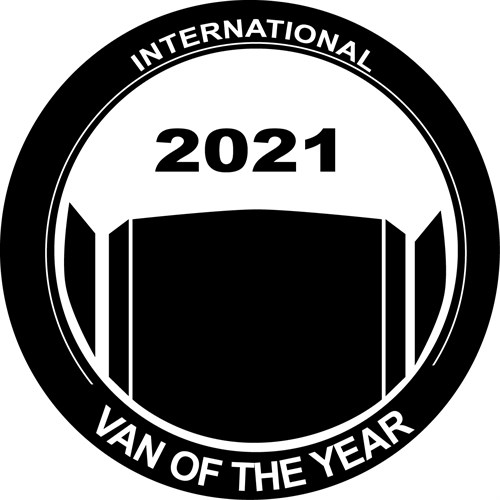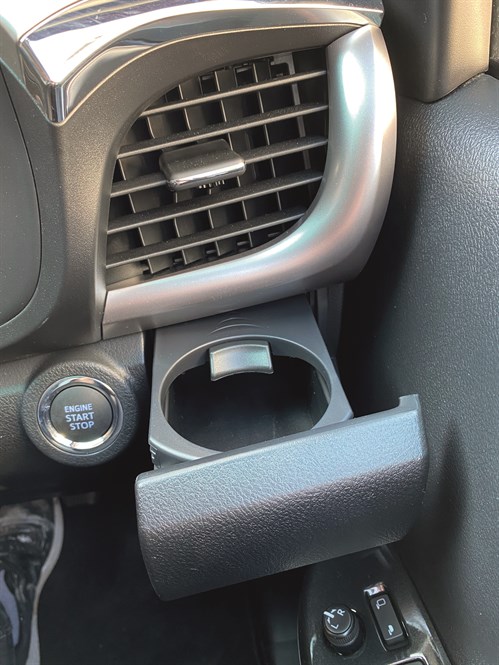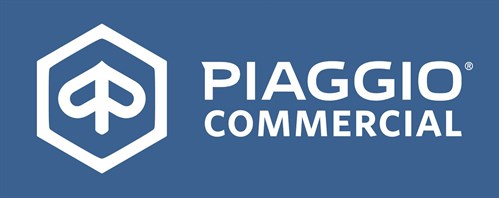Few executives in the light commercial vehicle industry were upbeat about their sales or financial results in 2020. Despite vans becoming a driving force in the lockdown economy, factory shutdowns and stop-start breaks in business across Europe have still seen many manufacturers struggle. Whether it is because of the sunnier-than-most disposition of the average Italian who sees a glass half full rather than a glass half empty, Iveco is still surprisingly optimistic about the coming year.
“Our outlook for 2021 is positive. We do believe we are looking at a growing industry and, naturally, in terms of order collection our portfolio grew up to the year-end and even more when looking at year-to-date,” explains Luca Sra, chief operating officer of Iveco Truck Business Unit.
“Things started at a proper pace in the first quarter of 2020, but then our professional life changed dramatically, and very fast,” Sra says. With Italy being among the hardest hit countries in the initial wave of the pandemic, Iveco was quick to offer its help across Europe. Demonstrator vehicles including Daily vans with refrigerated units were loaned out to help move medical supplies, while in Spain the Iveco manufacturing plant used its 3D printers to create protective face masks. The Italian company is nothing if not resourceful and quick to adapt itself to the climate.
“The company has been serving this crisis, but Q2 has been horrible in terms of the industry and accounts – a 20–30% drop. This severely impacted the company results, but the recovery has been much quicker than expected. Last year we saw a drop of 8% in registrations, with a decent and positive Q3 in terms of registrations.
“The key drivers of this recovery were the booming camper sector that materialised from May onwards and also a big push on e-commerce and home delivery, because of the life everyone has been forced to cope with,” Sra summarises.
While the past year has been difficult, Iveco is possibly in a stronger position than other manufactures in regards to electrification, having experimented with it for numerous years. The first electric Daily van might have been built in 1986 but in truth it has struggled to gain a foothold in the market and remains a niche product in a niche segment. Nevertheless, there is no doubt about the potential for growth and Iveco knows that it will have to work on a solution that minimises its costs across its portfolio if it is to compete with the larger-scale production expectations of some of the light commercial vehicle segment’s biggest players.
“The technology that we are developing will go across the different ranges, in between truck and van,” Sra explains, while highlighting the relationship the company will naturally form with group partner Fiat Powertrain and with new collaborator Nikola Trucks (for heavy goods vehicles). “We are fully focused on electrification with battery cells and e-axles,” Sra states, before going on to outline Iveco’s plans for the next generation of electric Daily van.
“The new e-Daily is going to be a modular platform in terms of battery, offering the customer the ability to tune the battery pack and manage the mileage to their specific needs. You can go from 120km up to 300km according to the battery packs. It’s
a very innovative product and it’s coming soon.”
Immediate growth, however, doesn’t appear to lie with electric vehicles. Despite the commitment to a new electric Daily, Sra says the company’s focus will remain on its compressed natural gas/liquified natural gas (CNG/LNG) products. This is one of the company’s core strengths, having first developed a Daily CNG van more than 20 years ago. Alongside its tie-up with Nikola on fuel cells, Iveco clearly has loftier expectations for other alternative power trains in the years ahead.

“The first [customers] taking this opportunity [with Daily CNG] were the ones in food and beverage, inside city centres,” Sra says, echoing the current desire and demand for low-emission vehicles within European cities. “We learnt a lot, and that’s why we are now extremely competitive on CNG and LNG units. I believe that CNG for the Daily, as well as Eurocargo, is going to be part of our path to cope with legislation in 2025 and it will go together with electrification.”
With emissions targets set for 2025 it is clear that Iveco is not going to meet the demands of its customers with the electric Daily product, which has been lagging behind in development compared to rivals after persevering for so long with sodium nickel chloride batteries, which Iveco championed for its cold weather performance.
Instead, it has found itself a perfect stop-gap solution in the shape of the Iveco Daily Hi-Matic Natural Power model. With a CNG refuelling network already well established across Europe, the NP range of Iveco products, which includes the Eurocargo and Stralis, is finding plenty of buyers looking to delay their purchases of electric vehicles.
“Maybe I’m too tactical and practical, but the overall path of electrification has to be,” Sra says. “All the industry has to play together in terms of infrastructure and government incentives, because nobody is going to have scale.
“Obviously, the cost of the product is going to be high and it’s not going to be the end customer that pays for a CO2 reduction. At the very beginning it will be both CNG/LNG together with electric vehicles. I believe this will be the path for the coming five years.”
With no other OEM competitors in the CNG/LNG segment, Iveco appears to have something of an open goal, if you agree with Sra’s thinking.
However, diesel van sales have not fallen off the same cliff as passenger cars and the pandemic has only increased our reliance on them. With the exception of a few mega-corporations, home delivery and e-commerce providers have not been expanding their fleets with EVs, and Sra definitely still sees a future for the combustion engine.
“[Diesel is] not going to disappear in a while. Definitely there is a job to be done, the [2021 Daily] is going to be coping with new legislation in terms of emission and 2023 will be another step preparing for 2025,” Sra says. “There is a double task: one is coping with the legislation the other is improving the vehicle TCO and offering a revenue and margin opportunity to our end customer.
“The profit and loss of a transport company is very tight, so being effective on TCO while also managing the service and optimising up-time is going straight to the profit and loss of our customers. [For the 2021 Daily] we are focusing on the specification and ensuring the best future for the model. It’s about getting profitable market share in the niches, which are our natural battlefield,” he concludes.
Iveco is once again playing to its strengths and may well be in a position where the market will finally come to it. It is well positioned in the transition away from diesel and has in the past decade become a key supplier to the sort of companies – namely home delivery – that will need its products most if they are to continue to operate in emission-controlled towns and cities.
Through “being selective of where [it is] playing” in the market, Sra and Iveco are capitalising on the now while focusing on the future. For the products coming beyond 2025 and 2030, Sra maintains that Iveco will still be a successful standalone brand and will be independent on fuel cell technology. It would be hard to bet against Iveco being an early mover in the field and once again pushing electric vehicles to one side.
Good things come in small packages

These days it’s important to embrace the little things in life and, when it comes to vans, those little things can often get overlooked.
We talk about payloads and load volumes a lot – they are, after all, the part of the van that helps earn its keep – but small storage is taken for granted. I’m not talking about door pockets and under-seat or overhead storage, nor am I referring to a well-sized glovebox (with a lock) – which is always high on my want list.
No, my new-found interest is in far smaller storage compartments and it has everything to do with the tiny details I’ve begun noticing, like the small lip – barely noticeable – on a Citroen e-Dispatch cubby hole that would stop your mobile phone from sliding out or the spring-loaded clip inside the rim of a cup holder of a Toyota Hilux that squeezes against your coffee to keep it safe. It’s a new and strange appreciation for design that’s often taken for granted and it’s these small touches that help elevate vans to the next level of functionality.
George Barrow is the UK judge for the International Van of the Year, the prestigious prize awarded by leading European LCV journalists.
Sponsored by:






